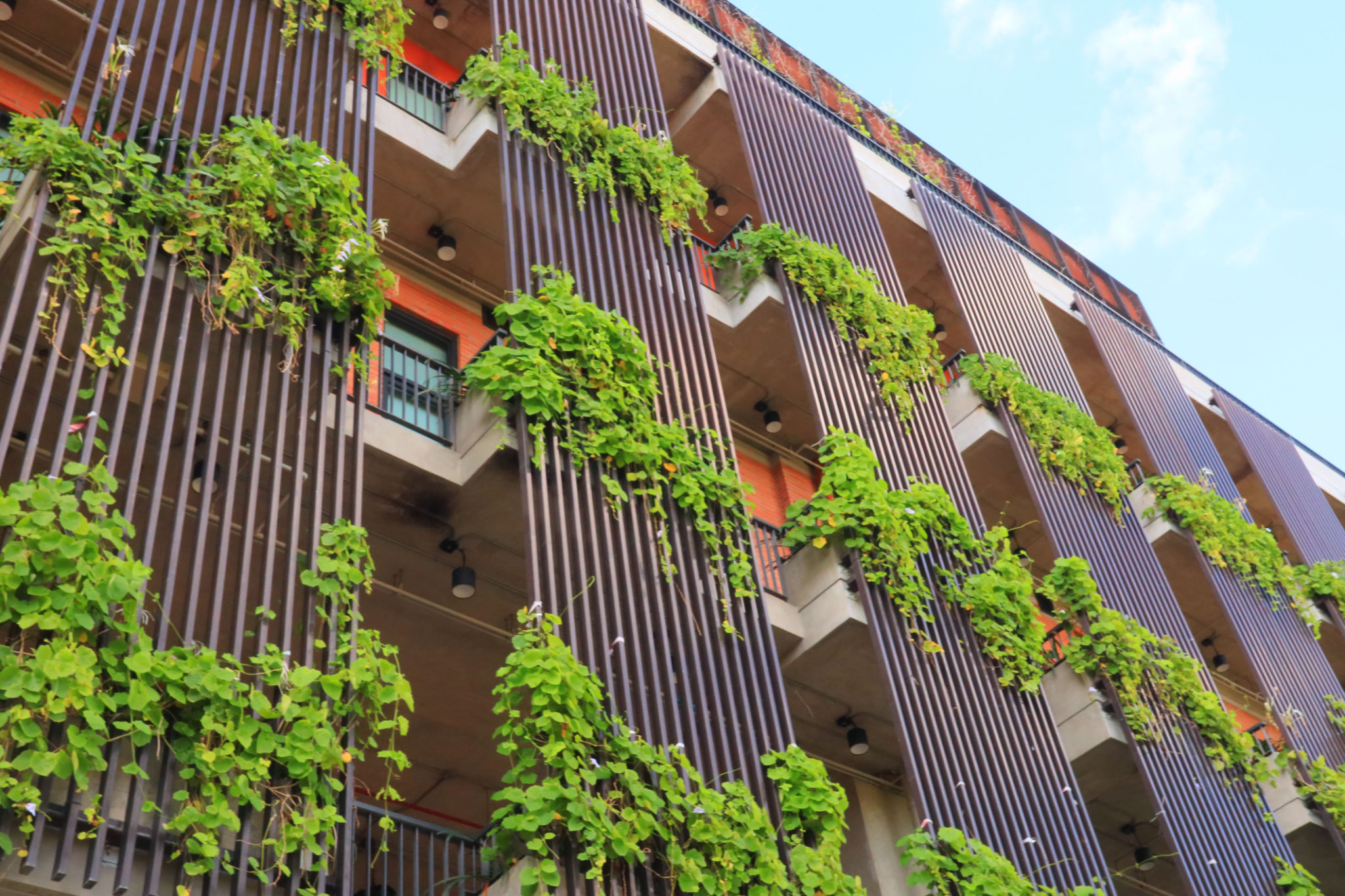Local Success Stories: Transformations with Sustainable Building Solutions
Embracing Change: The Shift Towards Sustainable Building
In recent years, there has been a growing movement towards sustainable building solutions. This shift is not just a trend, but a necessary evolution in how we approach construction and architecture. Sustainability in building practices not only benefits the environment but also enhances the quality of life for those who inhabit these spaces. Local communities across the globe are witnessing remarkable transformations as a result of this green revolution.
Implementing sustainable building solutions requires commitment and innovation. From using recycled materials to harnessing renewable energy, the possibilities are vast. These changes are not only environmentally friendly but also economically viable in the long run, as they often result in lower utility costs and increased property value.

Case Study: Green Homes in Action
One standout example of sustainable building success is a community project in a small town. This initiative focused on transforming traditional homes into eco-friendly spaces. By incorporating solar panels and efficient water management systems, the community reduced its carbon footprint significantly.
Homeowners reported a noticeable decrease in their energy bills, alongside an improvement in indoor air quality. The project also spurred local job creation, as the need for skilled workers in green technologies increased. Such projects not only support sustainability but also boost local economies.
The Role of Technology in Sustainable Building
Technology plays a pivotal role in advancing sustainable building practices. Innovations such as smart home systems, energy-efficient appliances, and advanced insulation techniques are making it easier than ever to build and maintain eco-friendly homes. These technologies allow for real-time monitoring of energy usage, enabling homeowners to make informed decisions about their consumption.

Moreover, advancements in building materials have led to the development of products that are both durable and environmentally friendly. For instance, cross-laminated timber is gaining popularity as a sustainable alternative to traditional concrete and steel, offering similar structural benefits with a reduced carbon footprint.
Community Engagement and Education
Education and community engagement are crucial components in promoting sustainable building solutions. Workshops and informational sessions can empower residents with knowledge about sustainable practices and the benefits they bring. When people understand the impact of their choices, they are more likely to support and participate in green initiatives.

Partnerships between local governments, businesses, and educational institutions can further drive these efforts. By working together, they can create comprehensive programs that encourage sustainable development and provide resources for those looking to make eco-friendly changes in their homes or businesses.
Future Prospects: Building a Greener Tomorrow
The future of sustainable building is promising, with more communities recognizing the importance of these practices. As technology continues to evolve and awareness grows, the potential for widespread adoption increases. This shift not only supports environmental preservation but also offers numerous benefits to local communities, from economic growth to improved quality of life.
In conclusion, the transformations witnessed through sustainable building solutions are inspiring examples of what can be achieved when communities come together with a shared vision for a better future. By continuing to embrace and innovate in this field, we can create healthier, more resilient environments for generations to come.
